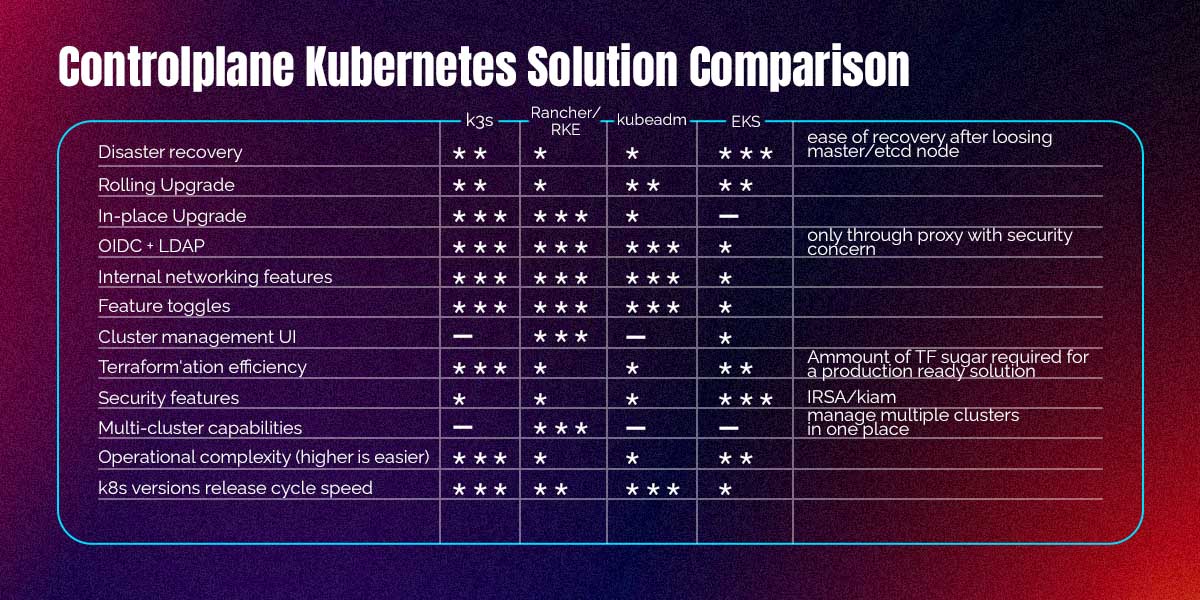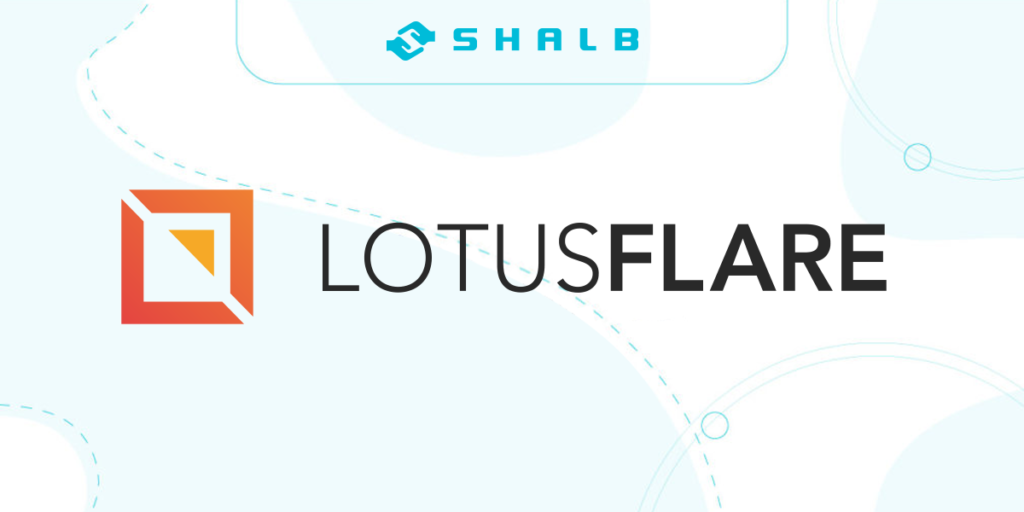CUSTOMER BACKGROUND
LotusFlare is a high-tech US company that provides a cloud digital commerce and monetization service for communications and media service providers. Having started as a mobile internet provider for areas with limited internet access, LotusFlare has grown to become one of the leading players on the US telecom market.
The company develops its own SaaS and operates the in-house built stack to provide cloud digital services to their customers. LotusFlare is dedicated to cloud native, which underlies the company’s development cycle and their core products.
WHY THEY CHOSE US
As a growing telecom business, LotusFlare needed the ability to quickly launch new environments for connecting more customers to their cloud. The company had been working on creating a platform that would allow them to launch and provide typical infrastructures for each customer.
At the stage of the platform design, LotusFlare realized the need for a technical consultancy. SHALB was chosen for the job because of our experience and comprehensive knowledge in the field of cloud native products. “Cloud native has an impressive abundance of products and services, – explained Volodymyr Tsap, CTO at SHALB. – Working with different customers makes us constantly grow our expertise on the variability of available tools. So it was a wise decision to reach out to SHALB for expert advice.”
REQUIREMENTS
Together with the LotusFlare team we started working towards our common goal: designing a resilient platform for deploying cloud environments. Among key customer requirements were high availability, automated deployments, and simple cluster upgrades.
TECHNICAL IMPLEMENTATION
As a company actively engaged in software development, LotusFlare already had a well-running system of software delivery and deployment. They used Kubernetes managed services to run their workloads on AWS, and a GitOps CI for cluster deployments.
However, the problem with Kubernetes managed solutions is that they are usually a few versions behind the official release cycle. This means that the newly released functions are unavailable until they are adopted by the provider. Also, having no access to master nodes restricted the LotusFlare team from using some services that they needed. Taking all this into consideration, LotusFlare concluded that they needed self-managed clusters.
We suggested K3s as a cluster management utility. Based on our research, it had more advanced characteristics in terms of resilience and security than other tools.
Evaluation of Kubernetes control plane utilities as of 2020:

In order to make the process of cluster upgrades easier, we introduced the technology of rolling upgrades, where each of the cluster nodes is being upgraded in turn without service interruption. Moreover, each cluster deployment/upgrade is then followed by conformity tests that validate the cluster compliance to production demands.
We enhanced the K3s internal security features by using the Cilium CNI network plugin and integration with OpenID Connect. This way we restricted access from workloads to the K8s cluster and added a user-identity layer on top of the authorization system.
The clusters are failover-aware and run in several availability zones at the same time. This ensures the system remains available even if one of the DCs inside the availability zone fails.
PROJECT OUTCOME
Together with the LotusFlare team we created a core orchestration platform that is quick to deploy and easy to upgrade. The platform provides automated deployment of self-managed Kubernetes clusters to the cloud. You can think of it as a customized installer that allows for easy reproduction of infrastructures. LotusFlare are now able to roll out environments and set them up for new customers much faster than before.
Full control over system configuration and components allows LotusFlare engineers to use the cutting-edge Kubernetes version and try out the latest features available. The state-of-the-art technology stack ensures that the company stays technologically advanced and ahead of its competition.
The company has been using the platform in production for over a year and is extremely satisfied with the results. What’s more, the LotusFlare team has been constantly fine-tuning the initial solution so that it completely aligns with the company’s needs. Commenting on the project, Volodymyr Tsap said: “LotusFlare has a top-notch professional in-house team. We did mostly research and prototyping code, while they elaborated the rest of it.”
Our experience with LotusFlare proves that sometimes even the most tech-savvy team needs friendly advice. Any questions concerning infrastructure development, maintenance, or support? Get in touch because SHALB engineers love such tasks! Book an online meeting or contact sales@shalb.com for more information.


